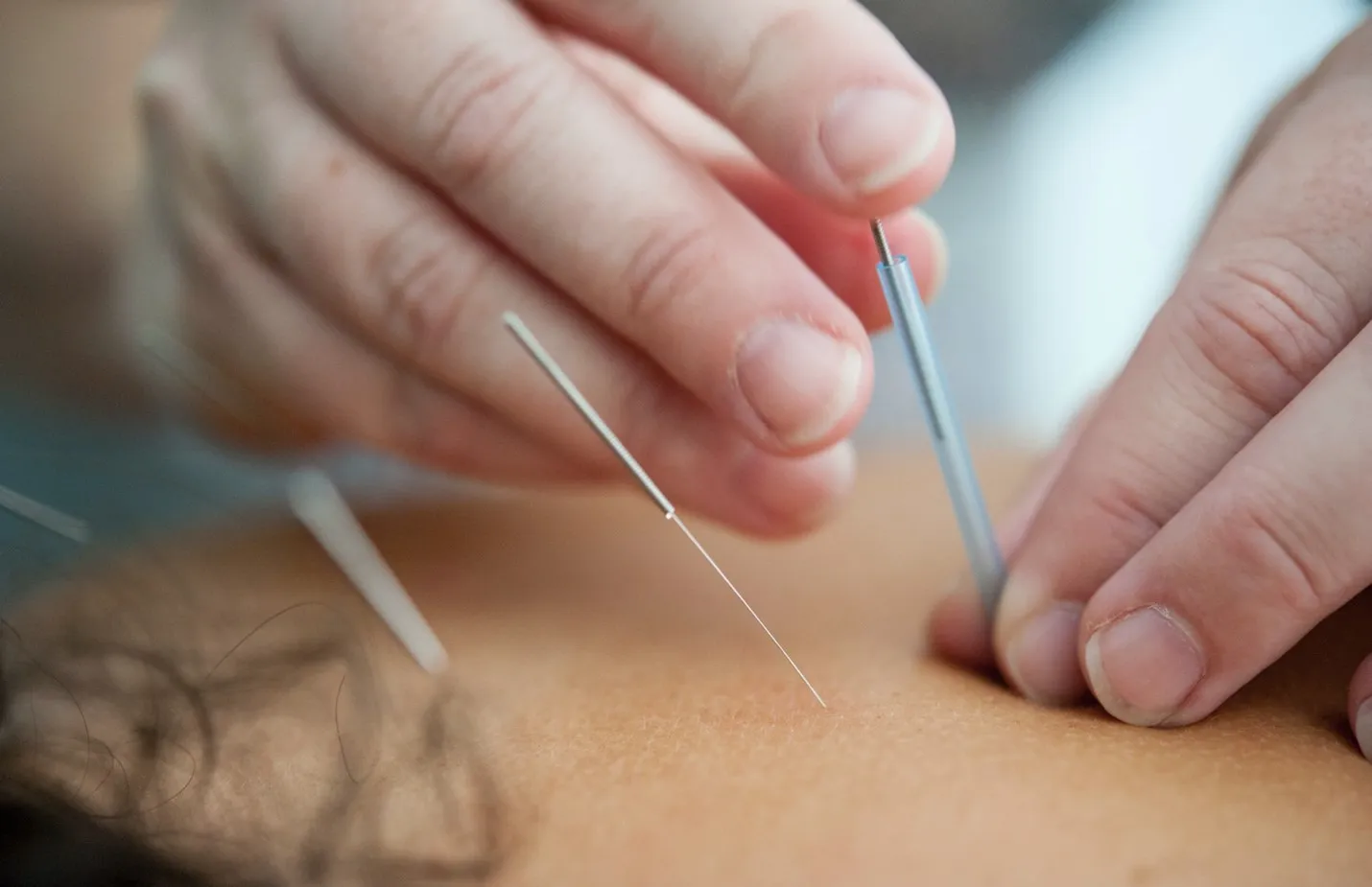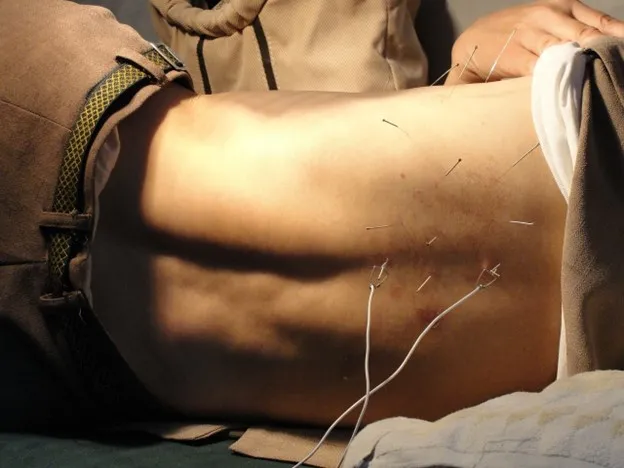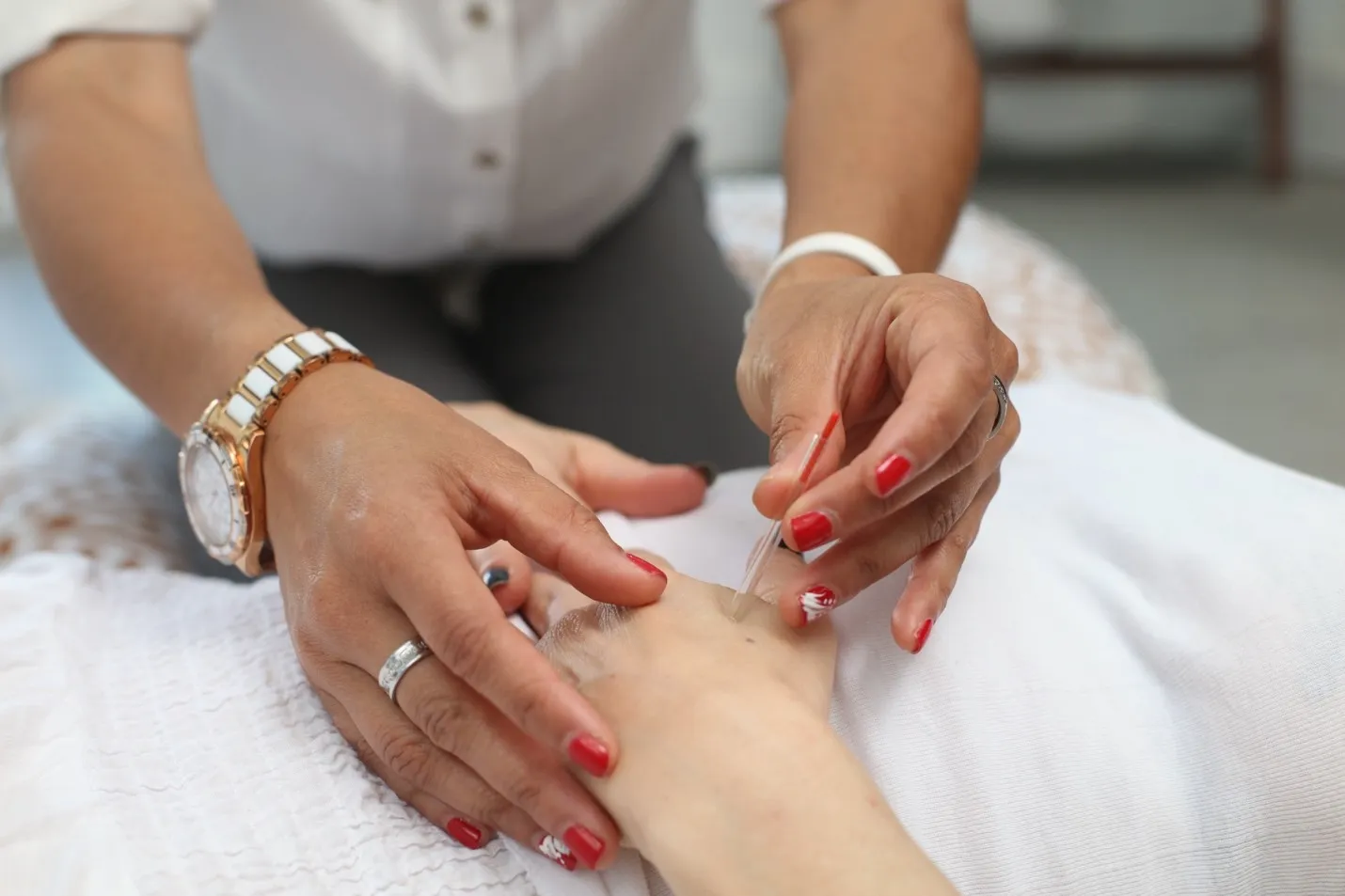The hip flexor is a group of muscles that allow your hip to move and bend. Strain in these muscles can cause discomfort or even chronic pain. Hip or buttock pain is often linked to myofascial trigger points in the muscles surrounding the hip joint. These trigger points are knots in the muscles that can cause pain and limit movement. One innovative treatment for such pain is dry needling hip flexor. Dry needling specifically targets these areas, offering a specialized form of dry needle pain relief. Focusing on these key areas provides a direct and effective approach to alleviate discomfort, enhancing mobility in the hip joint and surrounding areas. This method has become increasingly popular in recent years for treating various muscular issues. This article explores the procedure and benefits of using dry needling for hip flexor pain.
Benefits of Dry Needling for Hip Flexor Pain
Dry needling is a treatment that involves inserting thin needles into the trigger points or tight muscles. For those who suffer from hip flexor pain, dry needling can provide significant relief. The process helps reduce muscle tightness, improve blood flow, and promote healing. Research conducted by National Institutes of Health supports these benefits and has noted a positive response in many patients who have undergone dry needling for hip flexor pain.
Does dry needling help with hip flexor pain?

Yes, dry needling is indeed a helpful tool in treating hip flexor pain. Dry needling for hip flexor pain can provide immediate relief and long-term benefits by targeting specific muscles and trigger points. Combined with other therapies, it promotes healing and restores normal muscle function. However, it’s important to consult with a professional practitioner.
How do you prevent hip flexor pain?
Preventing hip flexor pain and associated hip and buttock pain may involve a multifaceted approach that includes physical therapy interventions. Those experiencing myofascial pain syndrome, often connected to tension in the gluteus medius muscles and nearby regions, may also suffer from related knee pain. Targeted treatments become crucial in this context. Utilizing specialized techniques like dry needling to address these myofascial trigger points can be a key component in preventing and alleviating these discomforts.
How Dry Needling Works

Dry needling works by inserting thin, sterile needles into specific trigger points. When it comes to hip flexor dry needling, this process helps to release muscle tension and reduce pain. The needles stimulate the tissue, encouraging healing and reducing inflammation. Unlike acupuncture, which targets energy pathways, dry needling focuses directly on the muscular issue, making it a biomechanical approach. Eliciting a twitch response from the muscle can also help reset the muscle fibers to their normal length. It’s a particularly effective method for addressing the complex issues associated with hip flexor pain, and when performed by a trained professional, it is a safe and minimally invasive option.
Preparing for a Dry Needling Session
Before going through dry needle hip flexor therapy, consult a healthcare provider. Your practitioner will assess your condition and decide if dry needling suits you. It may be helpful to learn some stretches and exercises from websites like the Mayo Clinic or the Harvard School of Public Health to complement the treatment. These preparations will make the procedure more effective and comfortable.
The Procedure: What to Expect

To specifically treat hip pain, the practitioner may focus on certain muscle fibers that have become tense or knotted within the hip area. The procedure for dry needling hip flexor starts with a thorough examination of the affected area. The practitioner then inserts needles into specific trigger points, which might cause a slight twinge or muscle twitch. This sensation is normal and is part of the healing process. The needles remain in place for a short time, usually between 10 to 30 minutes. Dry needling can release the tension by inserting the needles into these muscle fibers, thus relieving pain and improving mobility. The precision and targeted approach of dry needling makes it an effective way to address the complexities of hip pain, promoting healing in the affected muscle fibers. After the treatment, you may experience temporary soreness, but regular follow-up sessions will enhance the benefits and support your recovery.
Final Thoughts
Preventing and treating hip flexor pain is vital for maintaining a healthy and active lifestyle. Dry needling hip flexor therapy offers a promising approach to address this common issue. By understanding the benefits, the procedure, and how to prepare for a session, you can make an informed decision on whether this treatment is right for you.
Along with the personalized treatment plan, a crucial aspect of dry needling therapy is finding the right practitioner. It’s essential to look for someone with the required expertise, understanding of the anatomy, and proper certification. The technique involves specialized knowledge, so ensure you find a therapist to diagnose and treat your condition accurately. A practitioner well-versed in dry needling for hip flexor pain can make all the difference in your recovery.
For dry needling Wilmington NC, Change The Game Performance Therapy is the right choice. Our staff of experienced physical therapists have years of expertise in pain relief and injury recovery. We use the latest therapeutic techniques and equipment to provide a personalized plan that meets your needs. Contact us today to schedule an appointment! .


